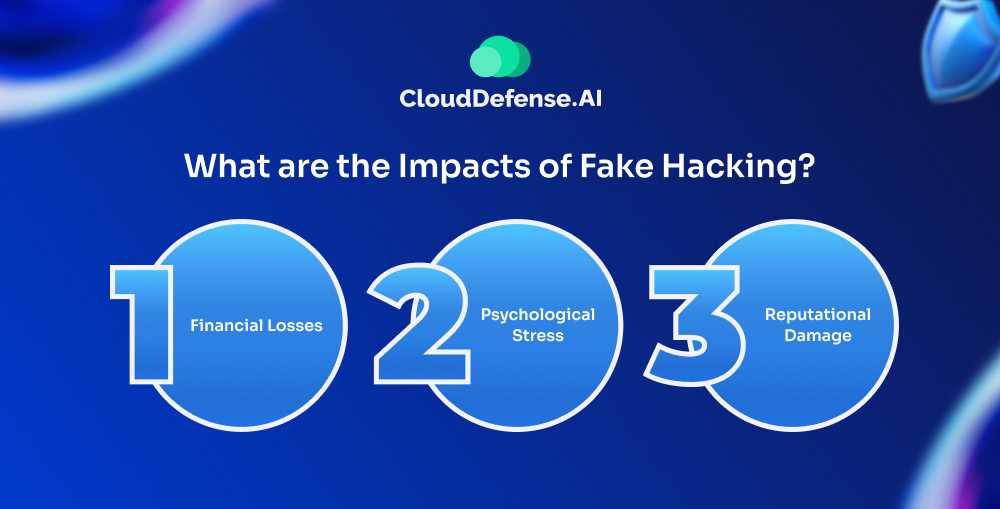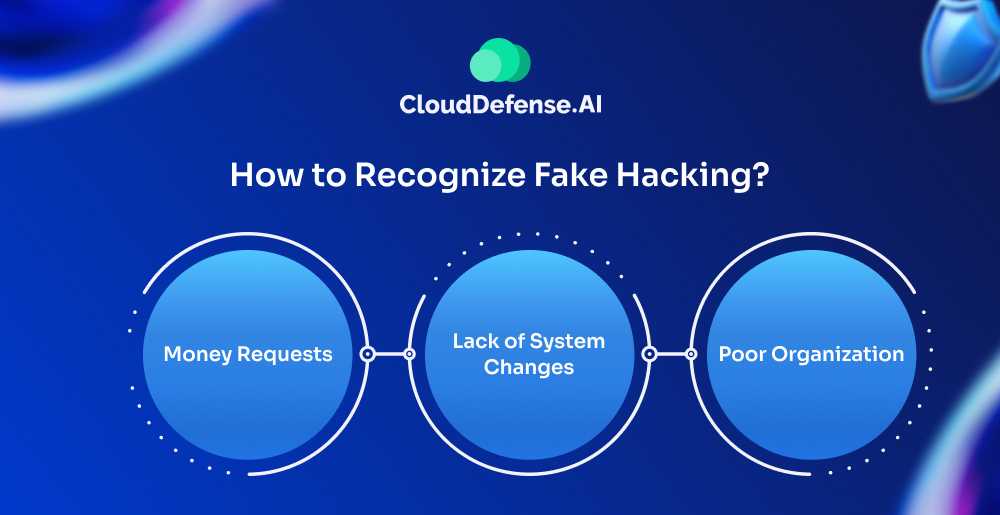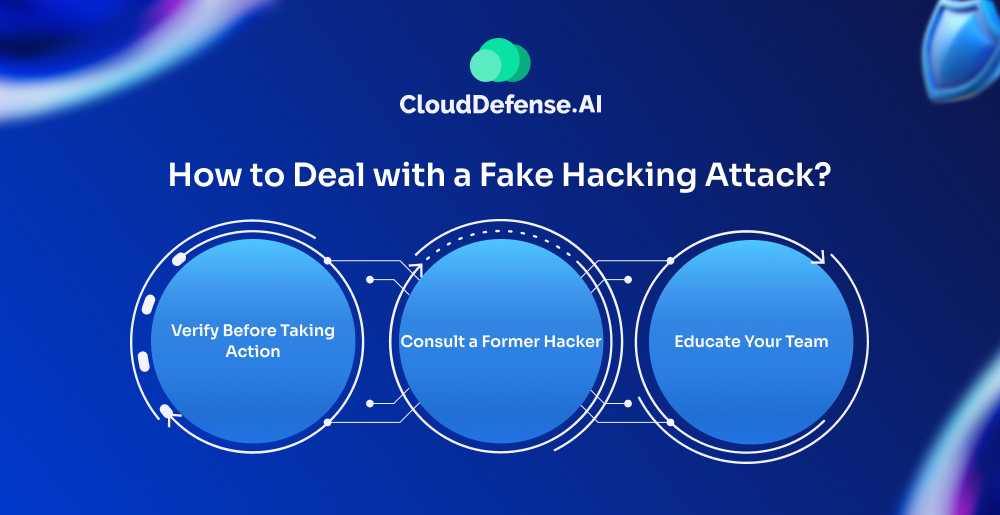What is Fake Hacking?
Fake hacking is a deceptive practice where an individual or group pretends to have infiltrated a target’s computer systems or network. Unlike genuine hacking, which involves unauthorized access and potential exploitation of data or system resources, fake hacking aims to create an illusion of a breach.
This illusion can be used to manipulate, scare, or extort the victim. Although fake hacking does not usually result in direct damage or data loss, its psychological and financial impacts can be significant.
How Does Fake Hacking Work?
Fake hacking operates by convincing the target that a genuine breach has occurred. Without the knowledge to identify a fake hacking attempt, it’s easy to fall prey to these deceptive tactics. Fake hacking trolls often use methods such as:
Hacker Typer Websites
These websites simulate hacking activity by displaying rapid streams of code when keys are pressed. Although they are relatively harmless and easily recognizable as fake, they can still unsettle individuals unfamiliar with cybersecurity.
Phishing and Spoofing
Attackers send emails or messages that appear to come from legitimate sources, claiming that the recipient’s system has been hacked. These messages often contain urgent warnings and demand immediate action, such as paying a ransom or providing sensitive information.
Fake Ransomware Attacks
Attackers use scare tactics by displaying fake ransomware screens, claiming that the victim’s files have been encrypted. These screens often mimic genuine ransomware, making the victim believe their data is at risk unless a ransom is paid.
Social Engineering
Fraudsters may contact individuals or organizations directly, pretending to be hackers who have gained access to sensitive data. They use social engineering techniques to convince their targets that a breach has occurred, demanding payment to prevent further damage.
Exploiting Legitimate Concerns
In more sophisticated scenarios, attackers may exploit news of recent genuine cyberattacks to make their claims more believable. For instance, they might reference a widely publicized hack, such as the SunBurst hack, to add credibility to their threats.
Examples of Fake Hacking Attacks
There have been real-life cases of fake hacking, where individuals or organizations were deceived into believing they were victims of a cyberattack. Let’s take a look at two prominent examples of fake hacking.
Case 1: The Fake Ransomware Attack on Boston Children’s Hospital
In 2014, Boston Children’s Hospital became the target of a fake ransomware attack. The attackers sent an email claiming to have encrypted the hospital’s sensitive data and demanded a ransom in exchange for the decryption key. The email included detailed instructions for payment and a sense of urgency, making the threat appear credible.
The hospital’s IT team quickly mobilized, initially treating the threat as a genuine ransomware attack. However, upon further investigation, they discovered that no actual encryption had taken place. The attackers had simply created a convincing scenario to extort money.
The hospital reported the incident to law enforcement, who launched an investigation into the scam. The hospital avoided financial loss, but the incident caused significant stress and operational disruption.
Case 2: The Fake Hack of a British Energy Firm
In 2019, a British energy firm’s CEO received a phone call from what appeared to be the parent company’s CEO, instructing him to transfer €220,000 ($243,000) to a Hungarian supplier. The call used sophisticated voice imitation software to mimic the parent company’s CEO’s voice, making the request seem legitimate. Believing the call to be genuine, the CEO authorized the transfer.
It was later discovered that the call was a fake hacking attempt, using artificial intelligence to deceive the target. The incident highlighted the growing sophistication of fake hacking tactics and the importance of verifying unusual requests, even those that seem to come from trusted sources. The company reported the incident to authorities but was unable to recover the transferred funds.
What are the Impacts of Fake Hacking?

Fake hacking, despite not involving actual breaches, can still have profound and far-reaching consequences. The mere illusion of a cyberattack can lead to a series of negative effects, impacting financial stability, mental health, and organizational reputation. Here’s a closer look at how fake hacking can wreak havoc:
Financial Losses
Organizations and individuals may incur significant financial losses by paying ransoms or hiring cybersecurity experts to investigate and mitigate the perceived breach. These expenditures can add up quickly, draining resources that could have been used more productively.
Psychological Stress
The fear of being hacked and the potential consequences can cause considerable stress and anxiety for victims, affecting their mental well-being and productivity. The constant worry about data security and the potential fallout from a supposed breach can be overwhelming.
Reputational Damage
Even the perception of a breach can harm an organization’s reputation, leading to a loss of customer trust and potential business opportunities. In today’s competitive market, maintaining a trustworthy image is crucial, and any hint of vulnerability can be detrimental.
How to Recognize Fake Hacking?

Fake hacking can be unsettling, but there are key signs that can help you identify and avoid falling victim to these deceptive tactics. Here are some indicators to watch for:
Money Requests
One of the most common tactics used in fake hacking is demanding money, often a relatively small amount, in exchange for freeing your computer from supposed ransomware. Genuine hackers typically demand large ransoms, knowing the value of the data they’ve encrypted. If you receive a ransom demand for a small amount, it’s a strong sign that you might be dealing with a fake hacker.
Lack of System Changes
Real hackers usually leave noticeable signs of their presence. This could include encrypted files, missing data, or altered settings. If an attacker claims to have penetrated your system but everything continues to function normally, it’s likely a fake hacking attempt. Genuine ransomware attacks will make their impact obvious to force compliance with their demands.
Poor Organization
Fake hackers often lack the organization and complexity of real cybercriminals. They might not have a real website or an authentic email address, relying instead on generic or suspicious-looking contact information. The lack of professional communication and proper channels is a key marker of a fake hacking attack.
How to Deal with a Fake Hacking Attack?

Fake hacking attacks can be distressing, but taking the right steps can help you manage the situation effectively. Here’s how to deal with a fake hacking attempt:
Verify Before Taking Action
If you suspect a breach, it’s crucial to verify the legitimacy of the threat. Real hackers often leave clear signs of their intrusion, such as encrypted files or altered settings. If your computer or system is functioning normally, it’s a strong indication that the attack may be fake.
Additionally, scrutinize the details of the threatening message. Fake hackers often attempt blackmail with implausible claims, such as videos supposedly taken with your computer’s camera showing you in compromising situations. If you haven’t engaged in such activities, it’s likely a scare tactic.
Consult a Former Hacker
Hiring former hackers can be highly beneficial. They possess the expertise to distinguish between genuine and fake hacks and can identify vulnerabilities within your network or system. They may even uncover attacks that have gone unnoticed, providing valuable insights into improving your cybersecurity defenses.
Educate Your Team
Educate everyone in your organization about the characteristics of fake hacking. Share examples of common fake hacking tactics and outline clear steps to take if they suspect an attack. Make sure they know who to contact and what actions to avoid, such as not paying a ransom or providing personal information.
Final Words
Understanding fake hacking, often portrayed in movies or used in social media pranks, can help you navigate the digital world more safely and responsibly. While it may seem harmless or entertaining, it can lead to misconceptions about real cybersecurity threats and the skills required to combat them.
As you browse the internet and encounter various portrayals of hacking, stay informed and skeptical. Don’t fall for sensationalized depictions or scams pretending to be harmless fun. Instead, focus on learning about real cybersecurity practices to protect yourself and your information. Stay curious, stay informed, and always prioritize your digital safety.







